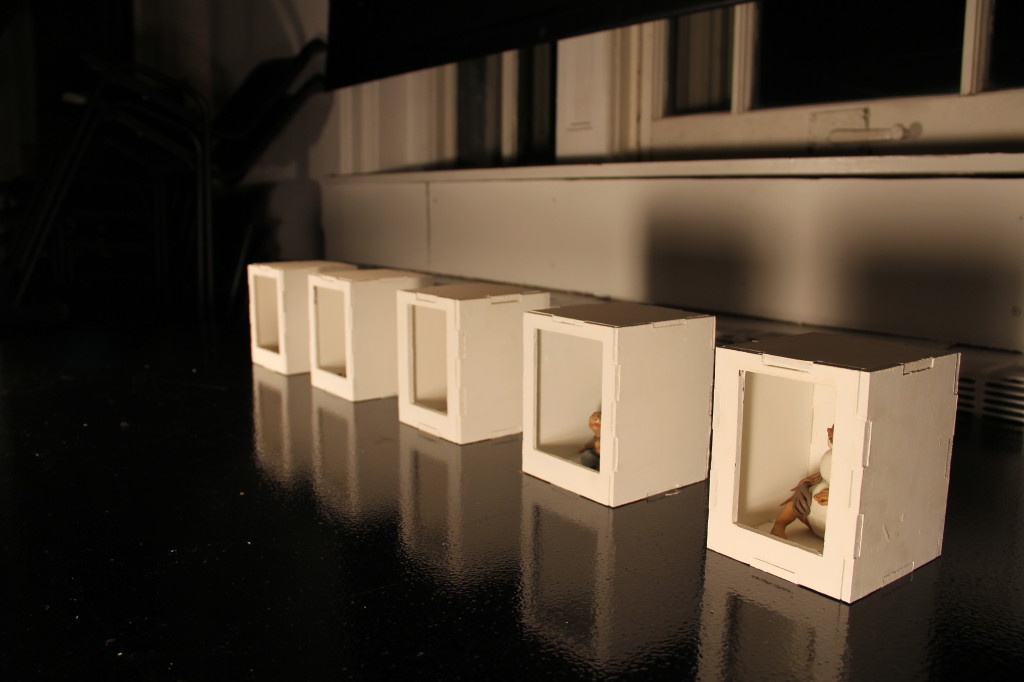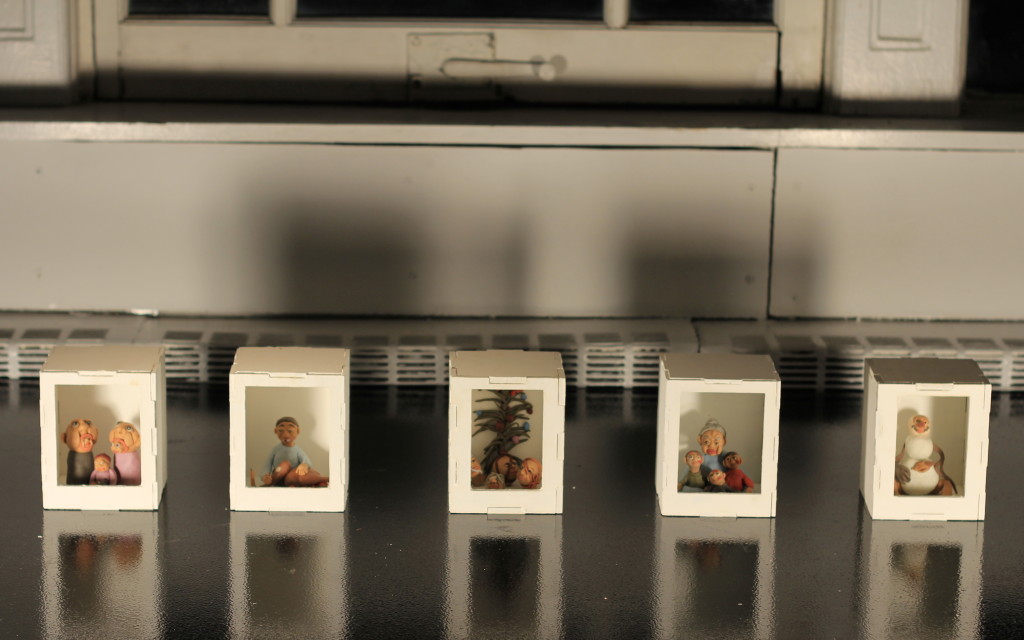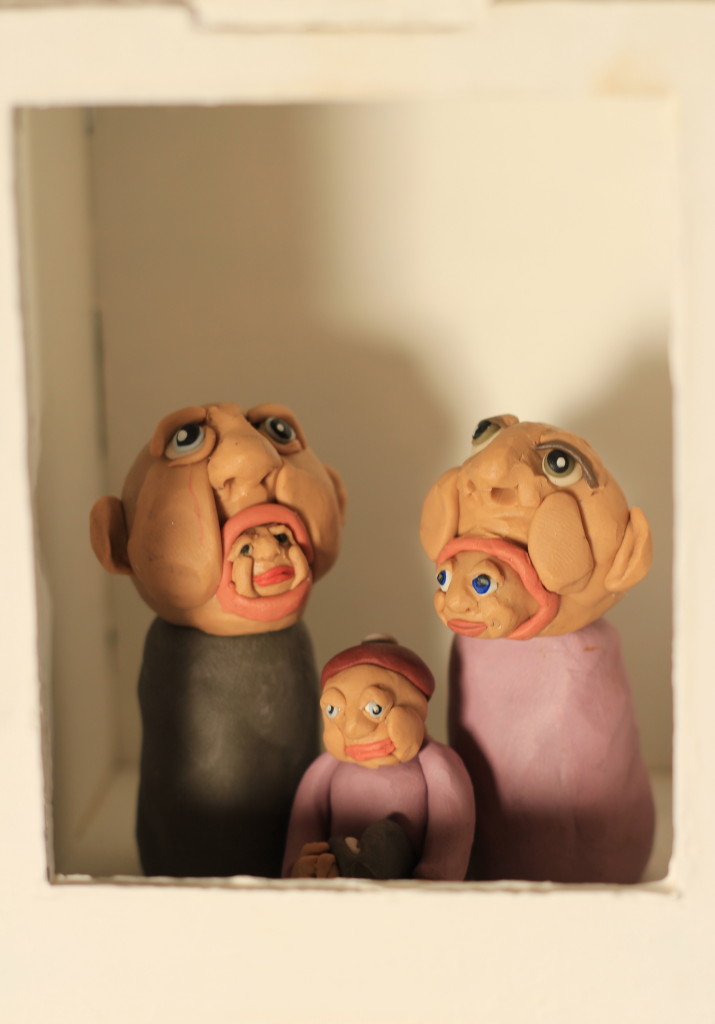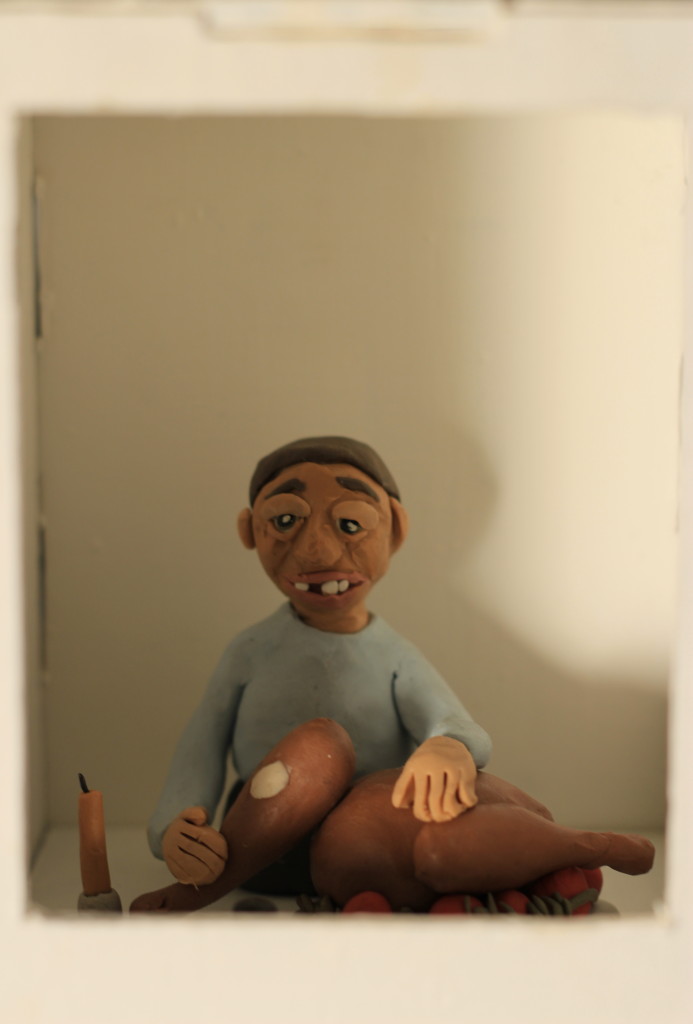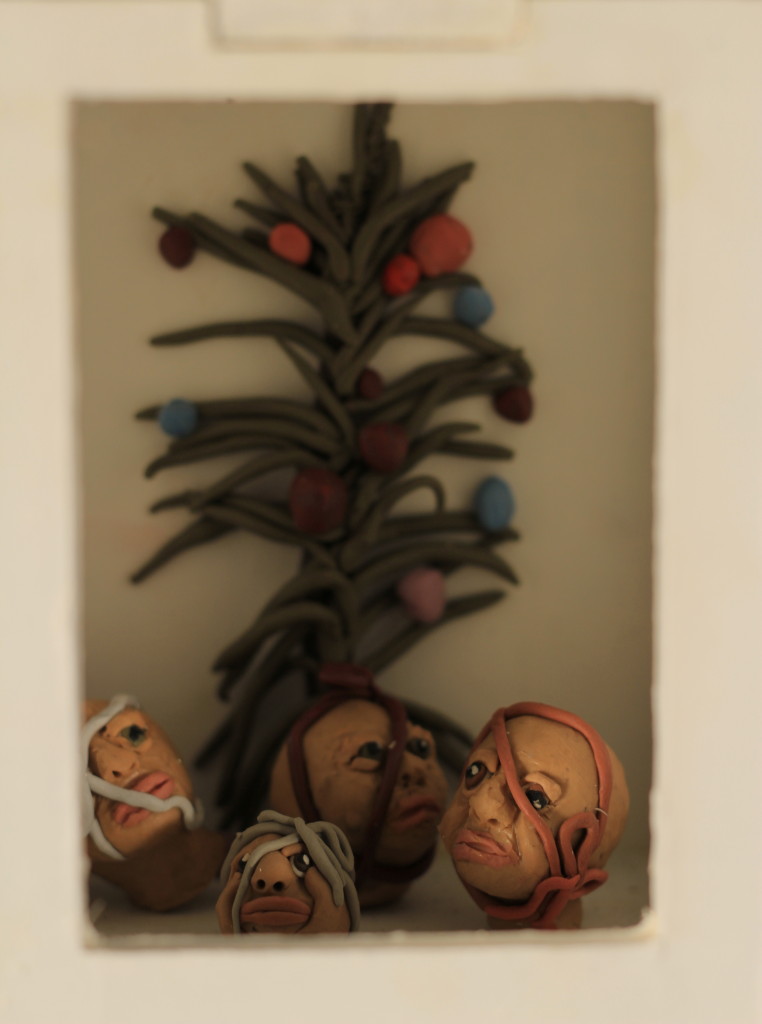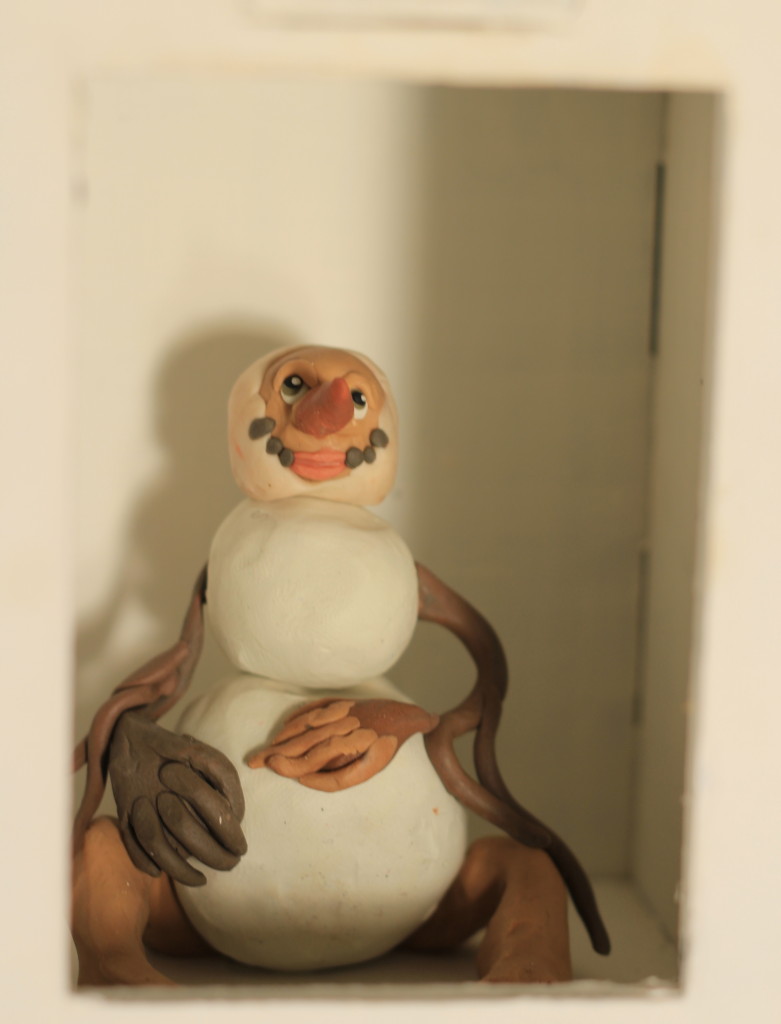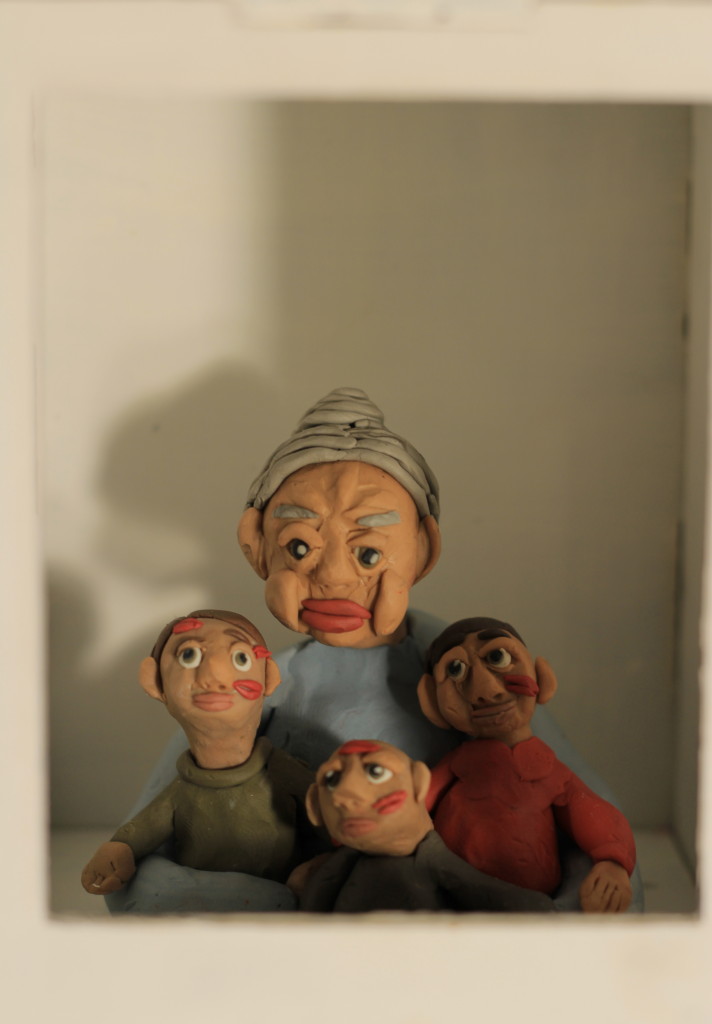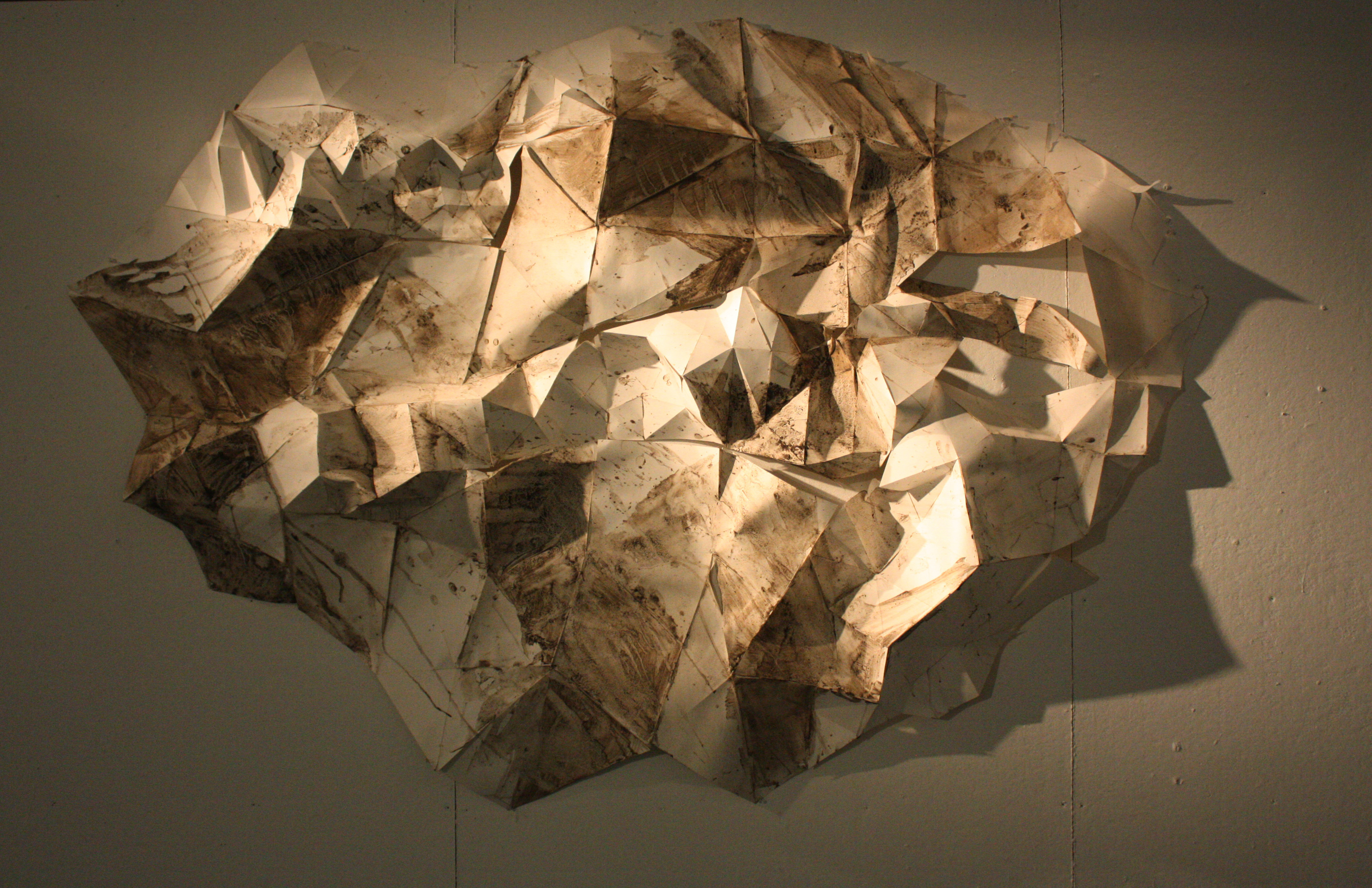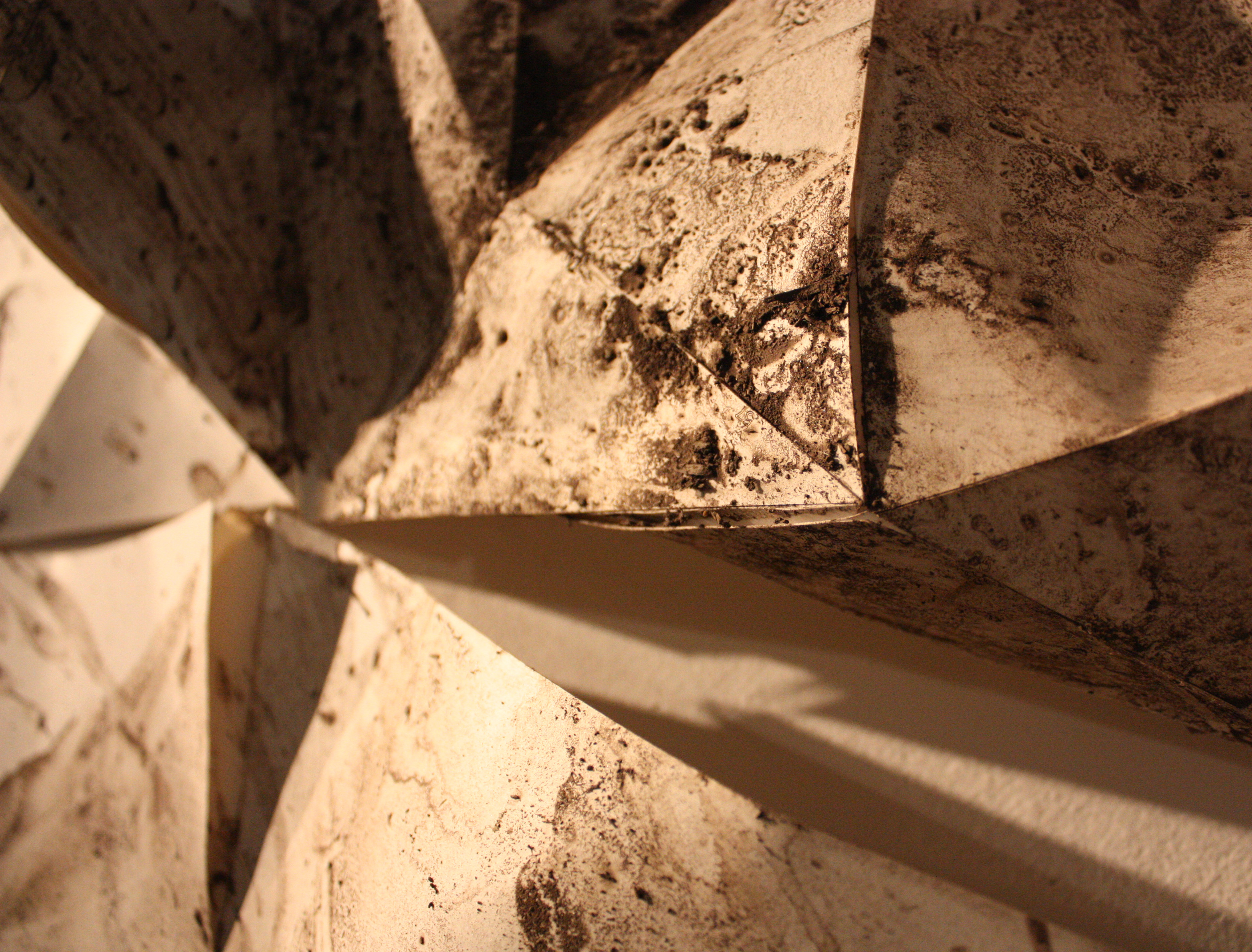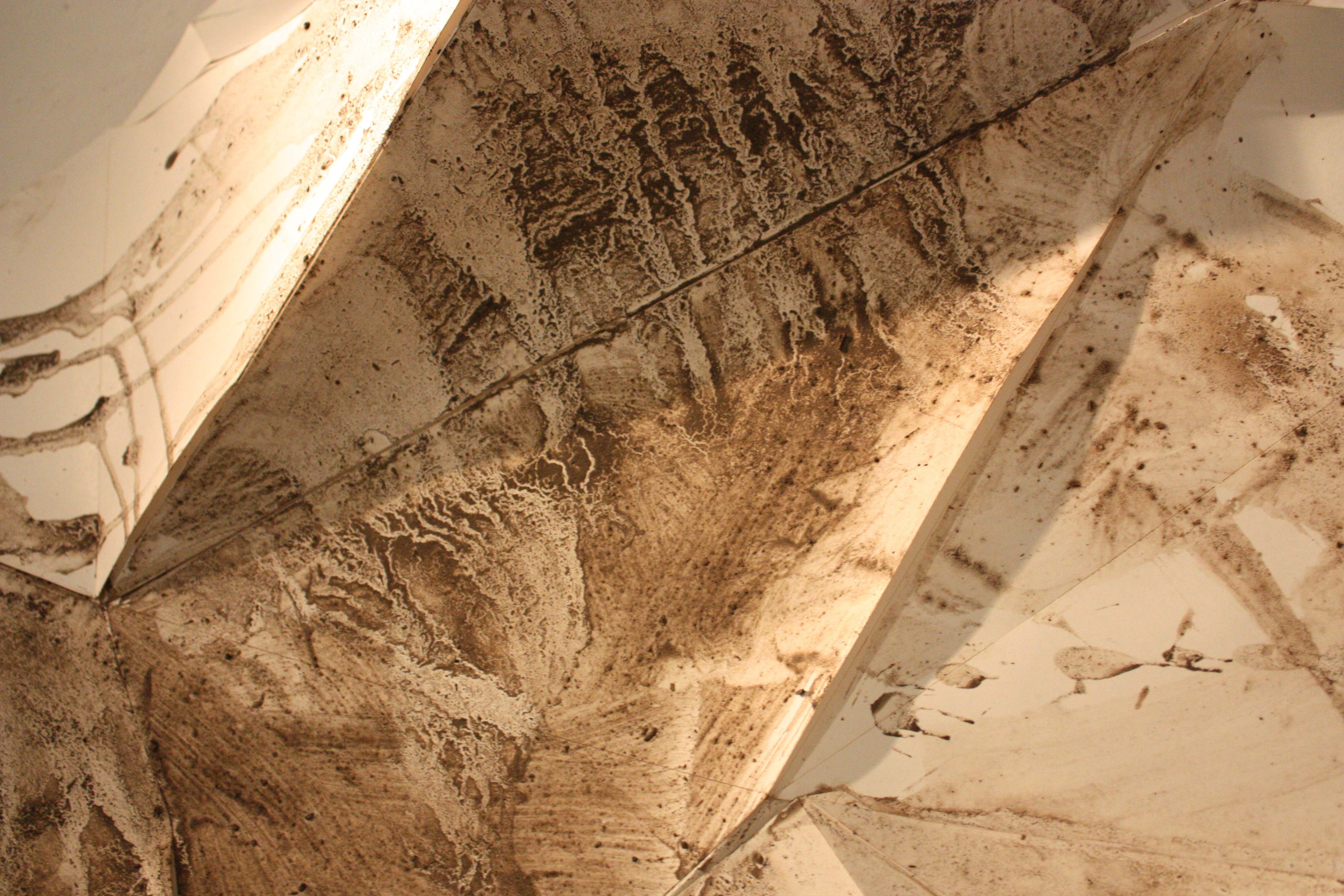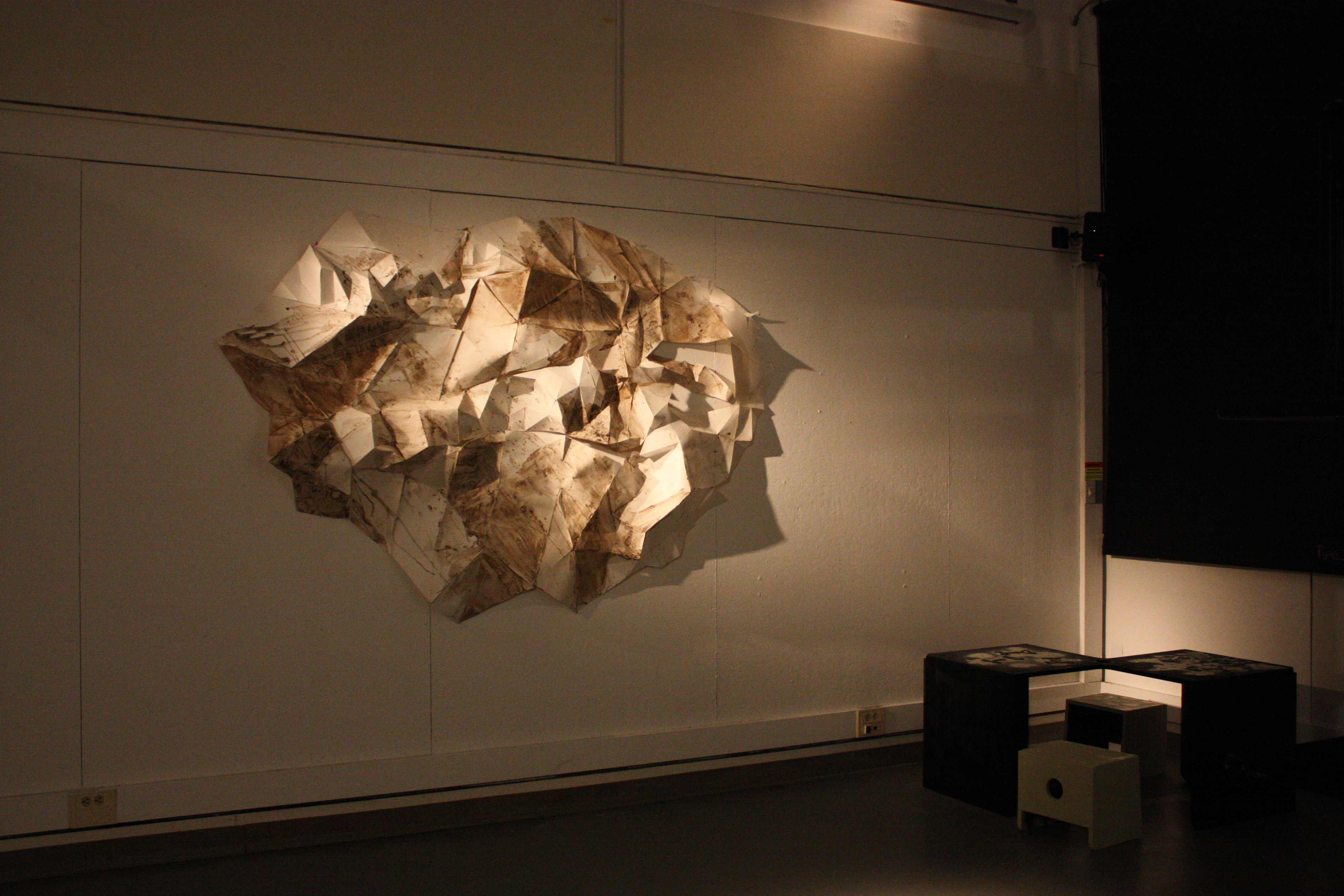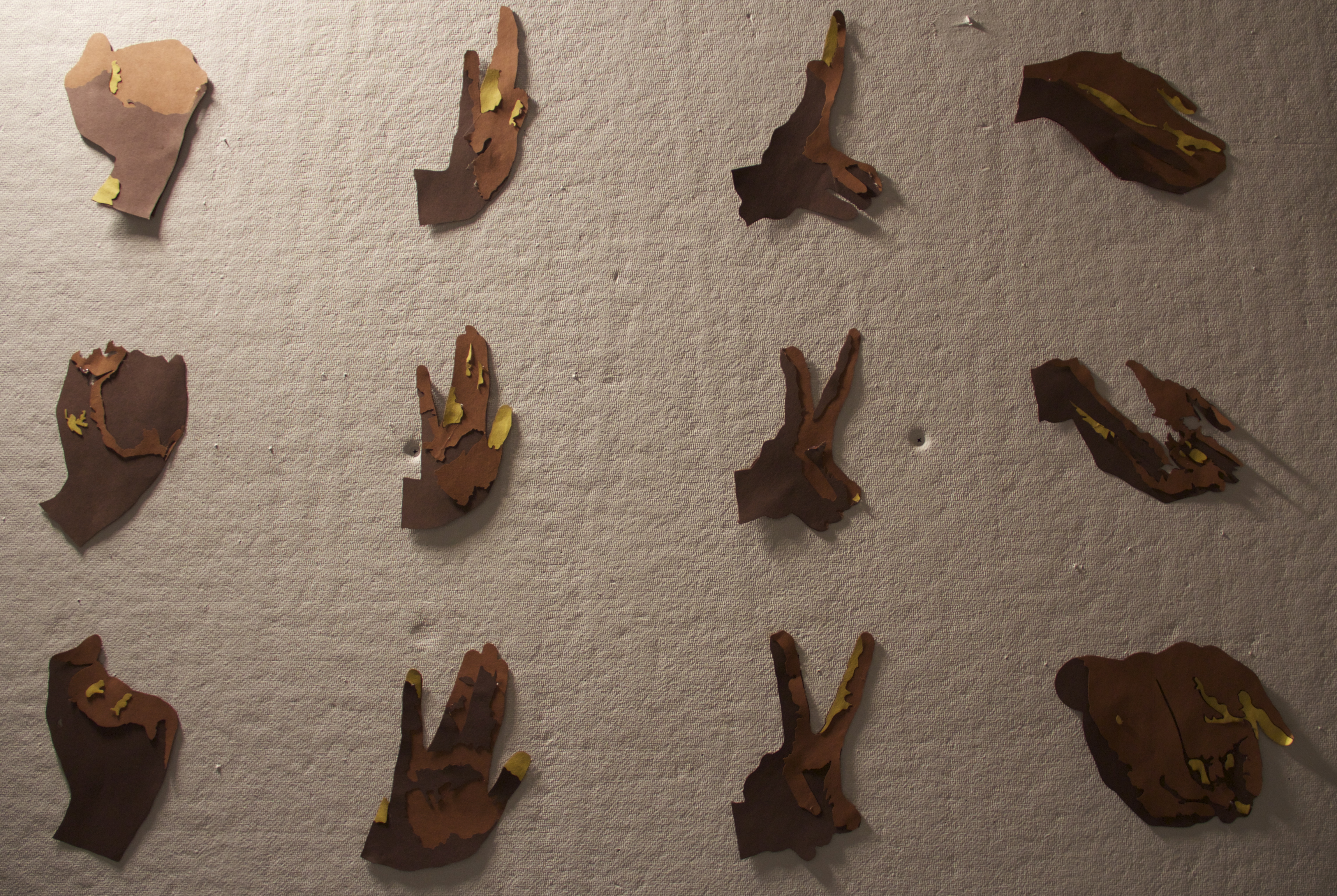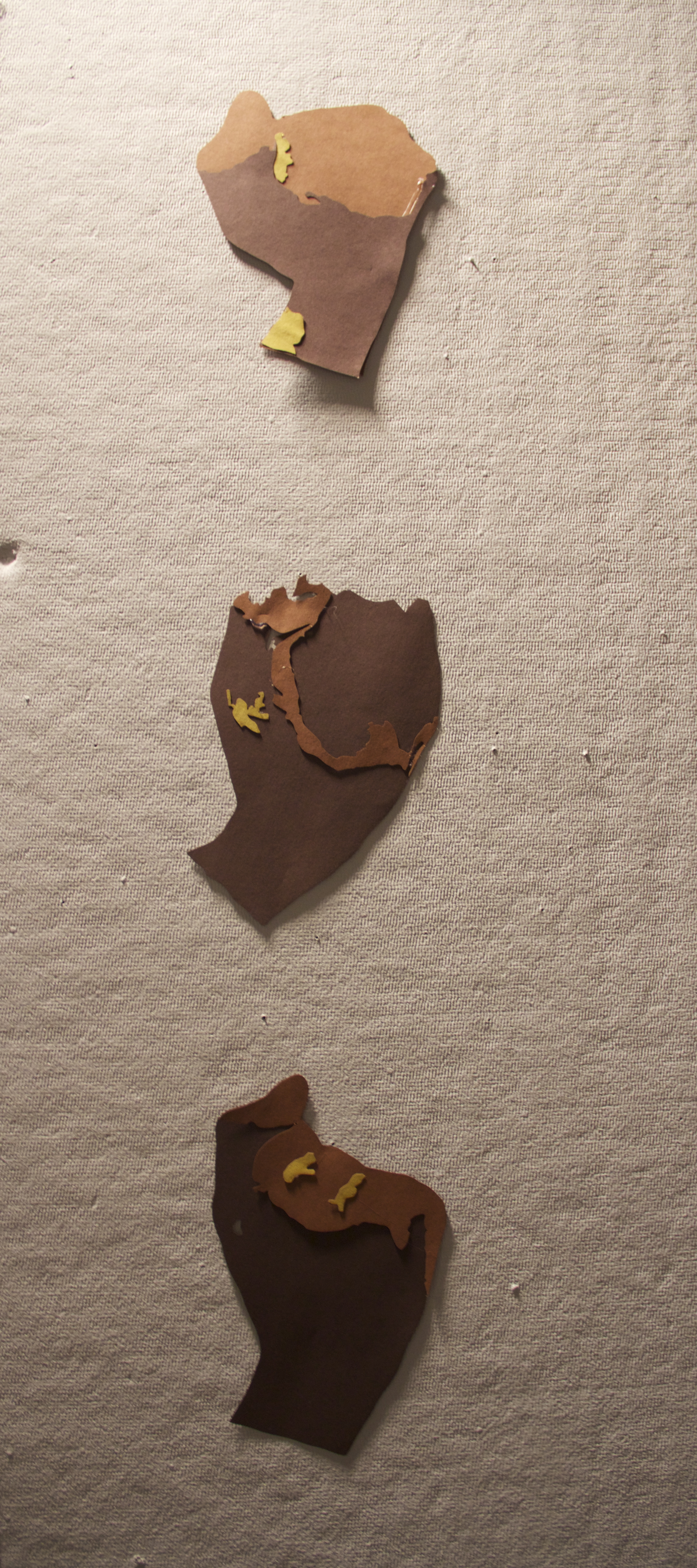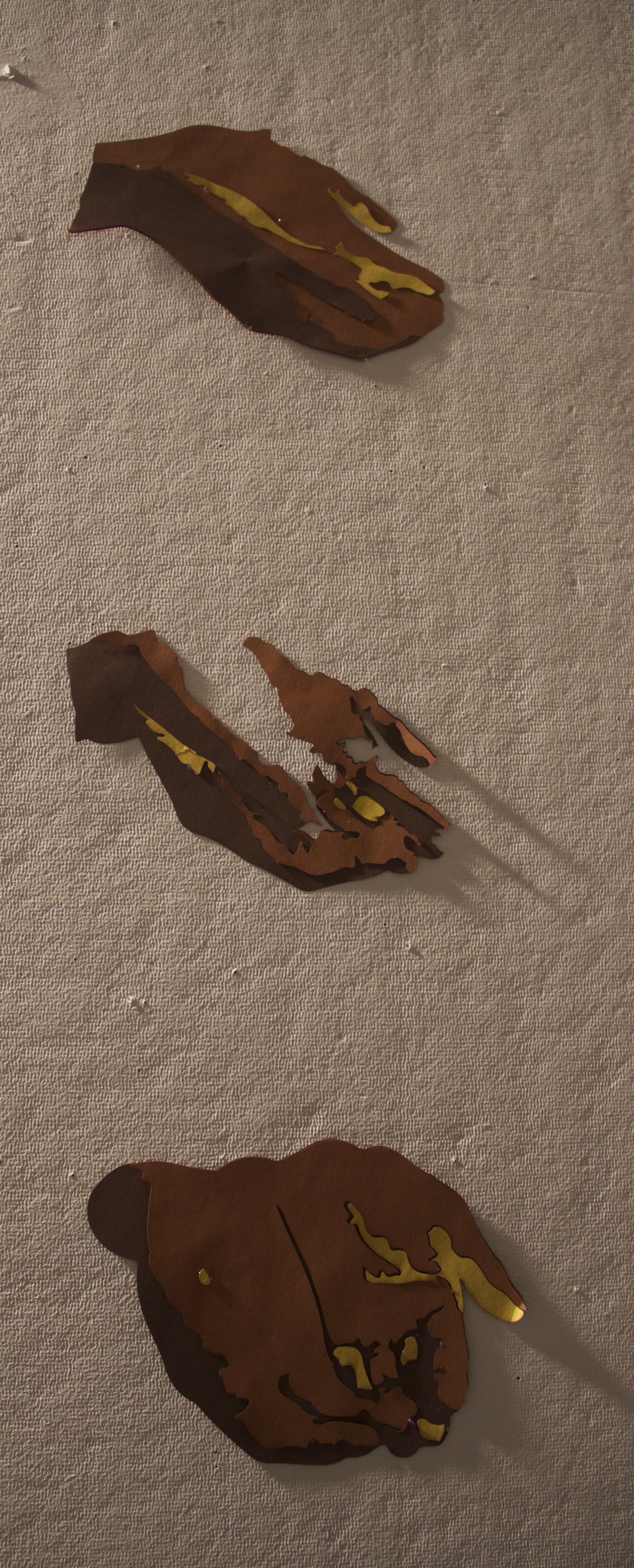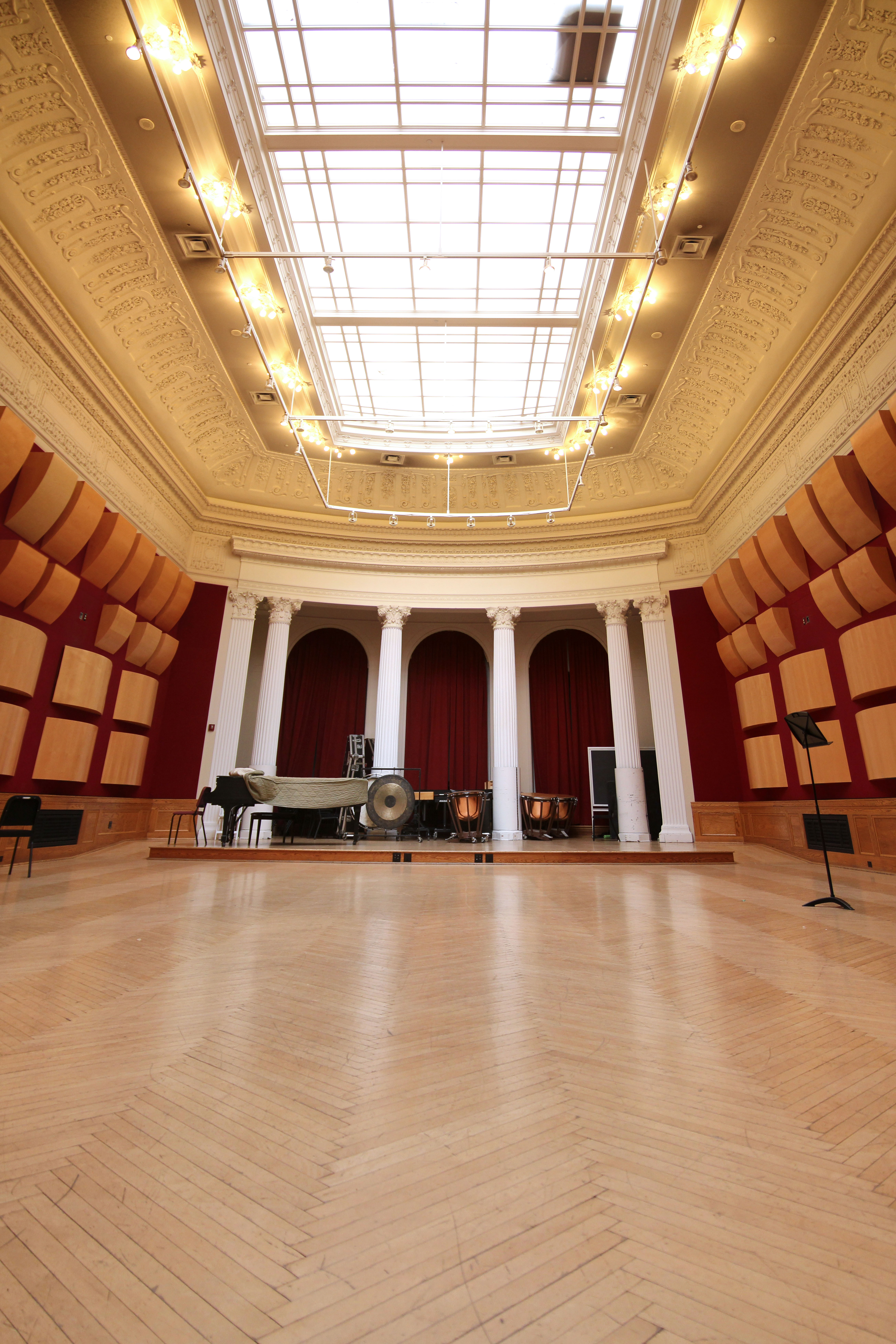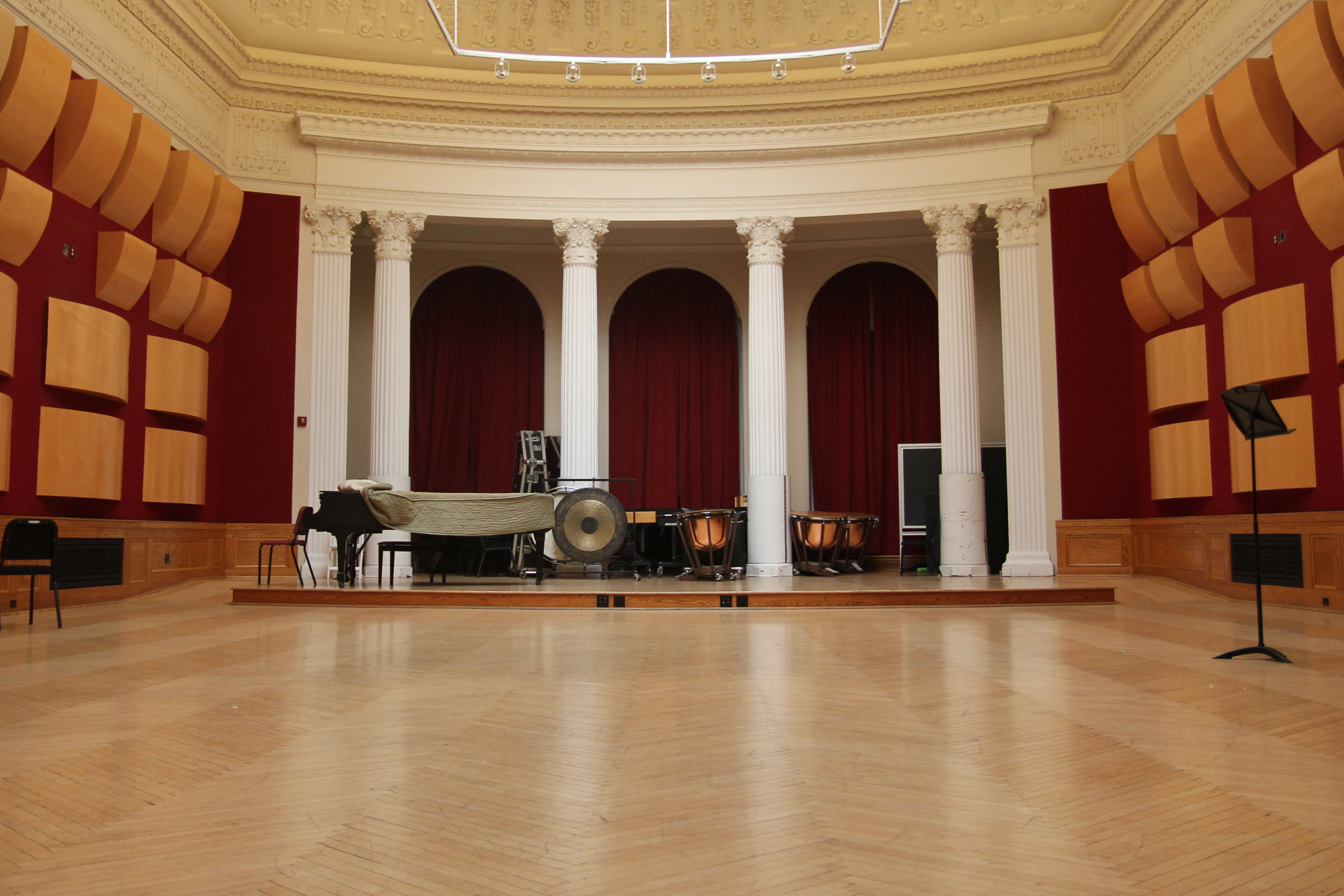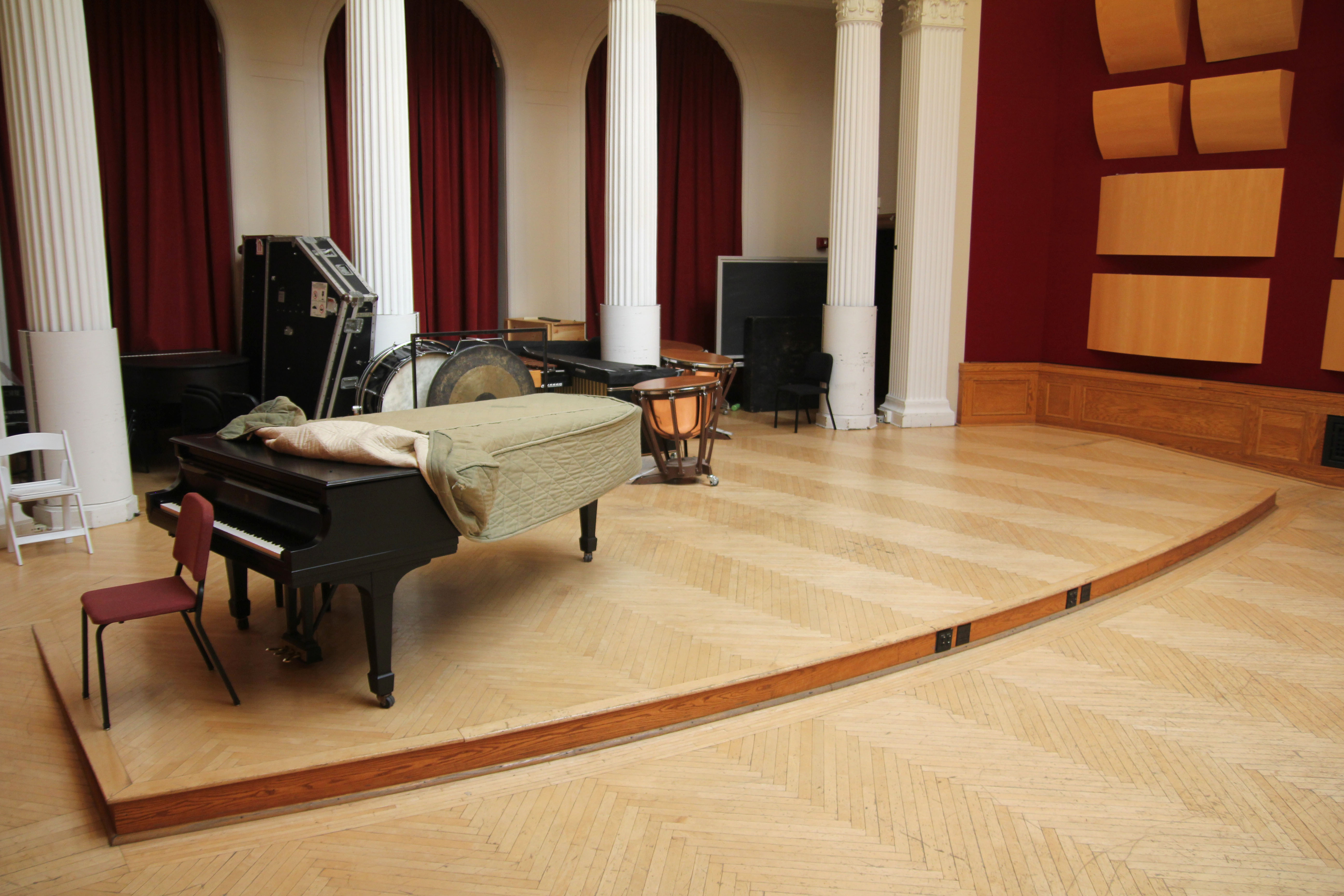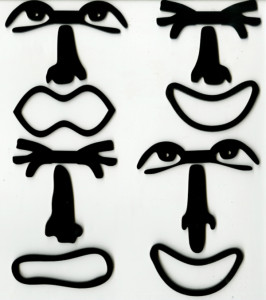
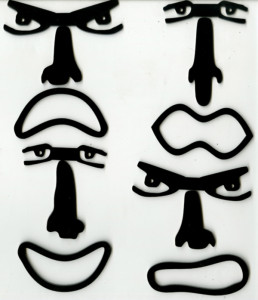
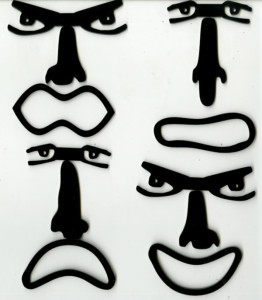
![photo-1[1]](https://teach.alimomeni.net/2013fall1b/wp-content/uploads/2013/12/photo-11-300x257.jpg)
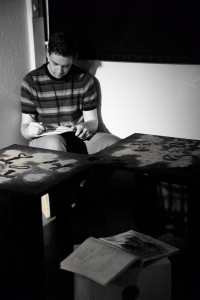
Therapy can be considered a tool of persuasion. For this assignment, I created a tool that a therapist could in an exercise to understand a child’s emotions. In addition, I designed an environment that facilitates interactions between the patient and the therapist. This work examines the relationship between a patient and therapist.


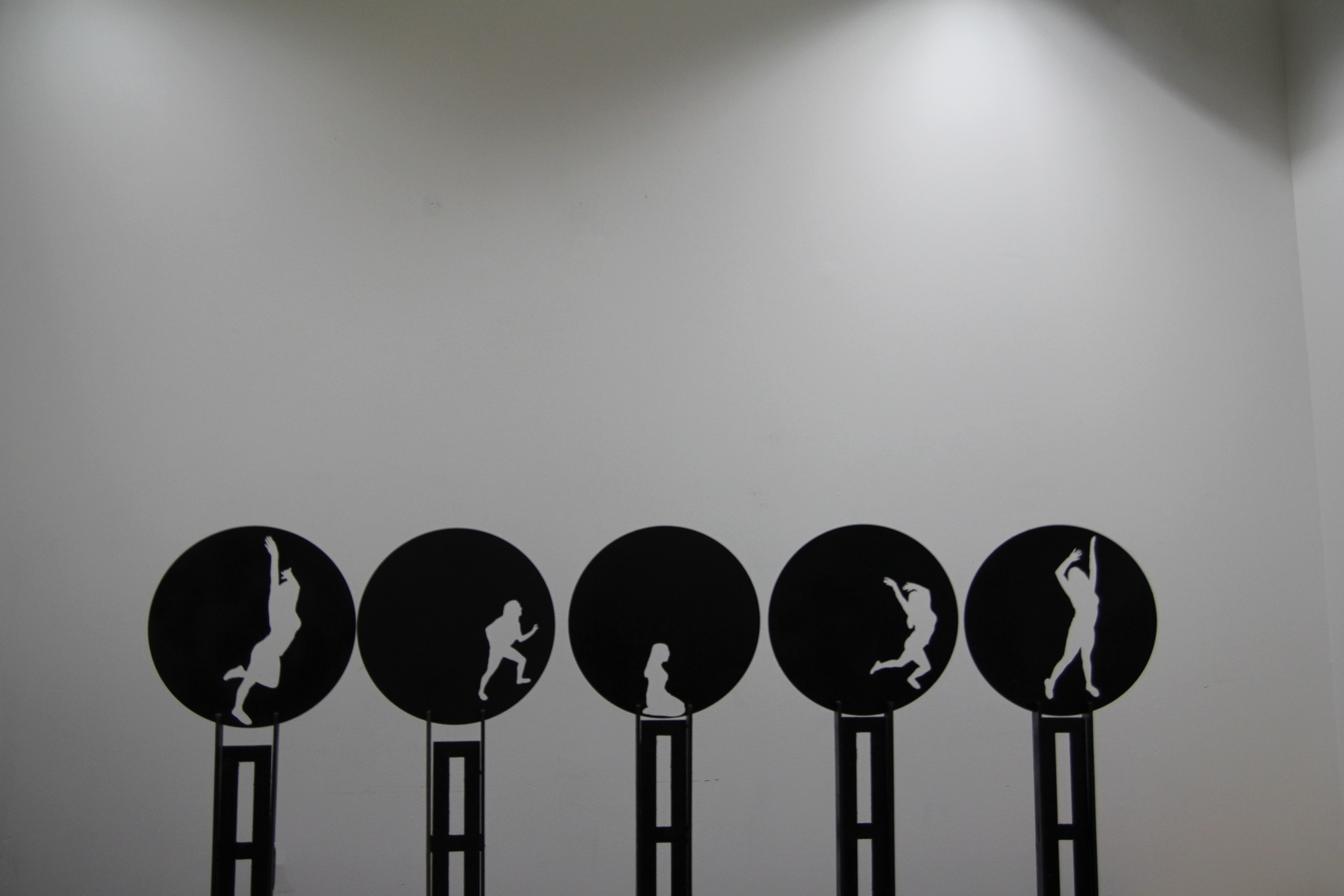

Disillusion was inspired by the poem Shrinking Women by Lily Myers.

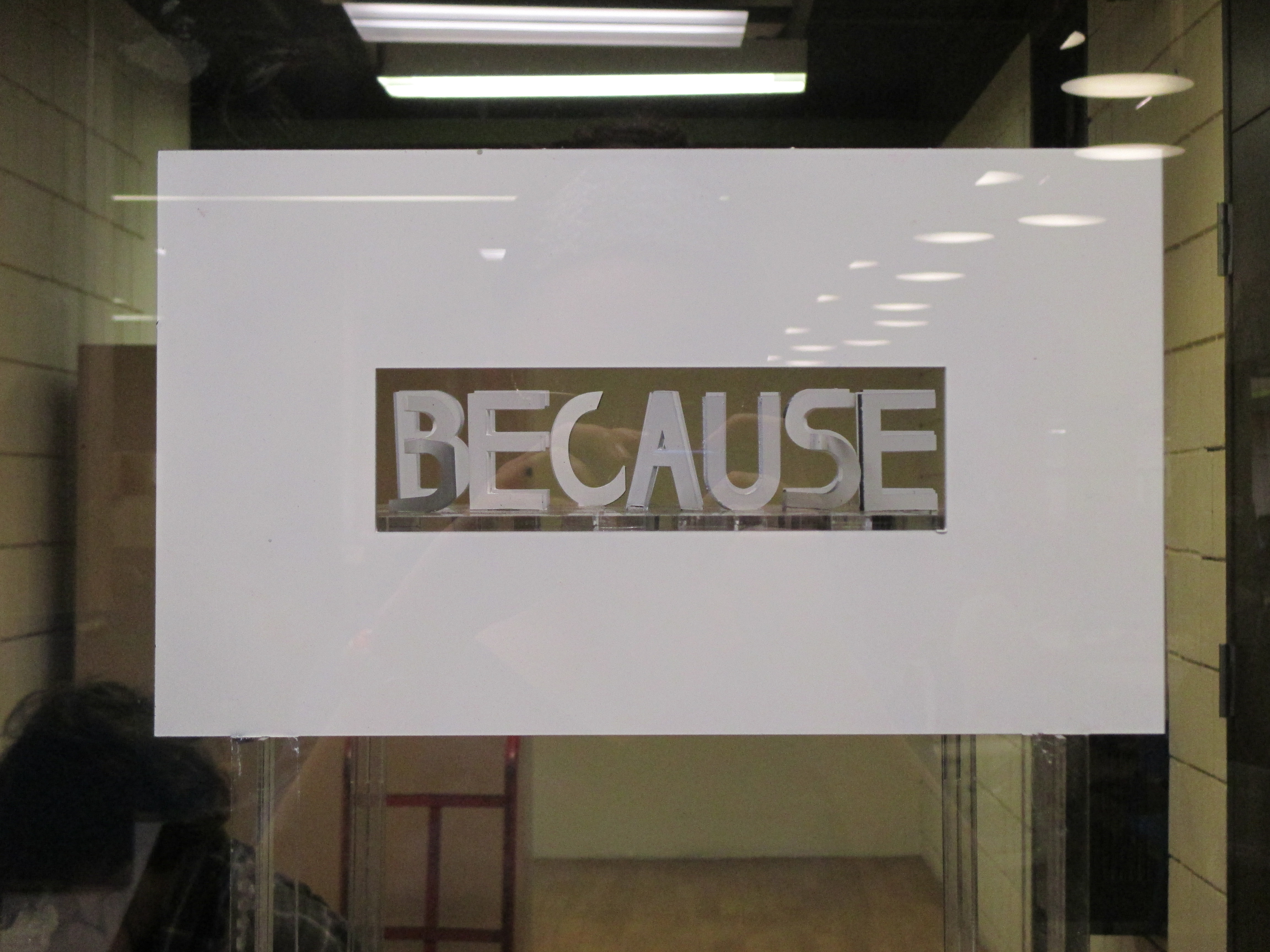



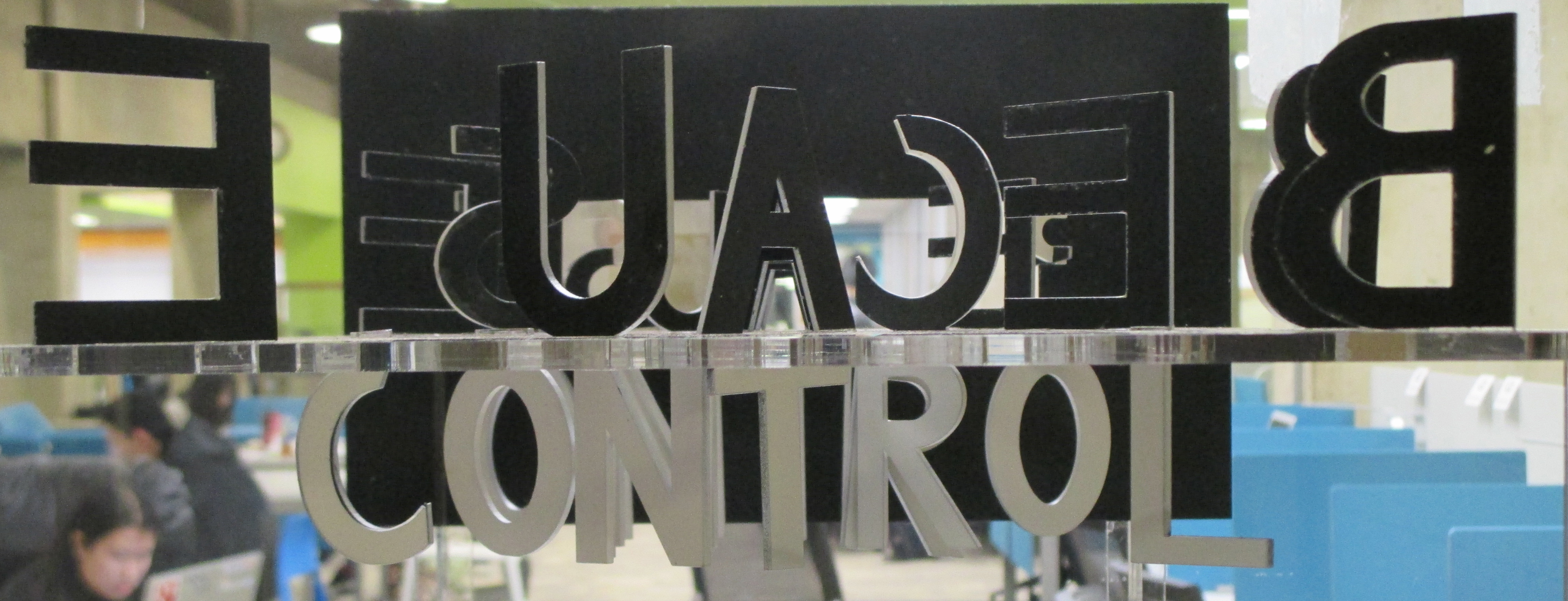
“Unreasonable Reasons” was inspired by a psychology experiment in which the word “because” was shown to have the power to persuade people even when paired with an unreasonable reason, in tandem with the prompt “instrument of persuasion.” The word “because” is displayed behind a glass window in a library, where people tend to trust in words and take them at face value. If the viewer is to see the rest of the piece, it is necessary to walk a long and roundabout path to reach the other side of the glass. Even then, it is difficult to comprehend all of what the words which appear from other angles mean, or even to see some of them in the first place. Most viewers would likely not choose, or even think, to make the trip, and those who did would quite possibly not see the full message. This arrangement is a metaphor for the way such commonplace persuasive words are treated. Many people do not realize their impact, and those who are told (including myself, on occasion) often think on the notion briefly and then proceed to treat words as they always have, rather than putting in the effort to comprehend the full impact of the ability to persuade with unreasonable reasons. The side views, which are most difficult to read, say “but we want a reason” and “to be unreasonable;” the back reads “control,” which was eerily enough the word which resulted from the letters in the side phrases that were not in “because” (with the exception of w, which I eventually transformed into a C/W hybrid). Control fits as a culminative phrase, however, because the piece is about the control words have over how we think, to the extent that we don’t even think about or realize that control.
A thank you to Ben for helping me set up the piece for photos, to Ali for helping me find the pedestal, and to the various people whose names I don’t know who held doors for me while I was transporting this piece.






“Body Talk” describes communication between two people without words, and instead, with the human body. Dance is a form of highly expressive and emotional conversation. It is a type of communication that allows observers to understand the dancers’ conversation without hearing the thoughts of the performers. Their fluid movements embody their thoughts. The changes in distance between the partners, the pace of the dance, the length of the dance, the moves and exaggerations can all be interpreted as an abstract version of talking.
The research behind this project involved browsing through various pictures of contemporary chairs and contemporary dances. I wanted to first find a correlation between the two contemporary topics. One of the interesting modern designs that caught my attention was a chair made of pure perpendicular intersections on a spine.The shape of the chair is created through variations in each thin shape inserted into the spine. Inspired by that idea, I wanted to incorporate it into my design.
The female dancer is portrayed by the chair with a single simple curve, while the male is portrayed by the multiple curved line. For my design, I wanted the seat of the chair have an illusion of floating in midair, similar to the lightness of the dancers they represent.
“Fate” demonstrates the conversation between me and my fate.
These two identical chairs are tall, structured, and almost majestic to show the presence and power that fate has in my life. Because I have as much control over my fate as my fate has control over me, the two chairs are the same size. Both chairs have intricate engravings (which I will add more of) to signify the grandiose nature of a throne that fate may sit on. I have placed my chair in the musical performance room on the first floor of CFA, which I view to be a clean and official location. The dialogue between me and fate happens in a formal and strict environment (rather than a homey and comfortable one) and I wanted to display that by placing my chair in a more formal location.

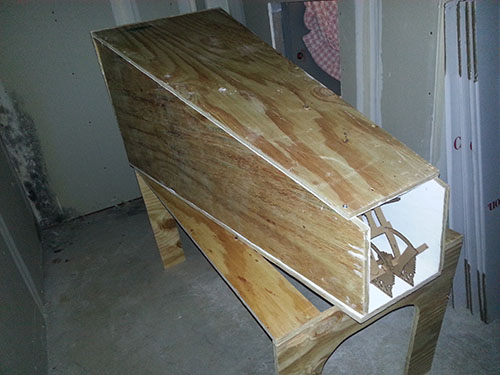
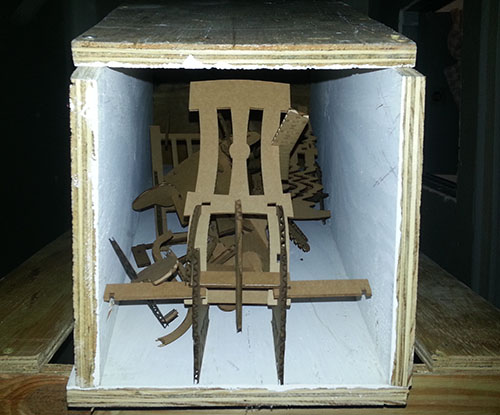



![photo-1[1]](https://teach.alimomeni.net/2013fall1b/wp-content/uploads/2013/12/photo-11-300x257.jpg)





